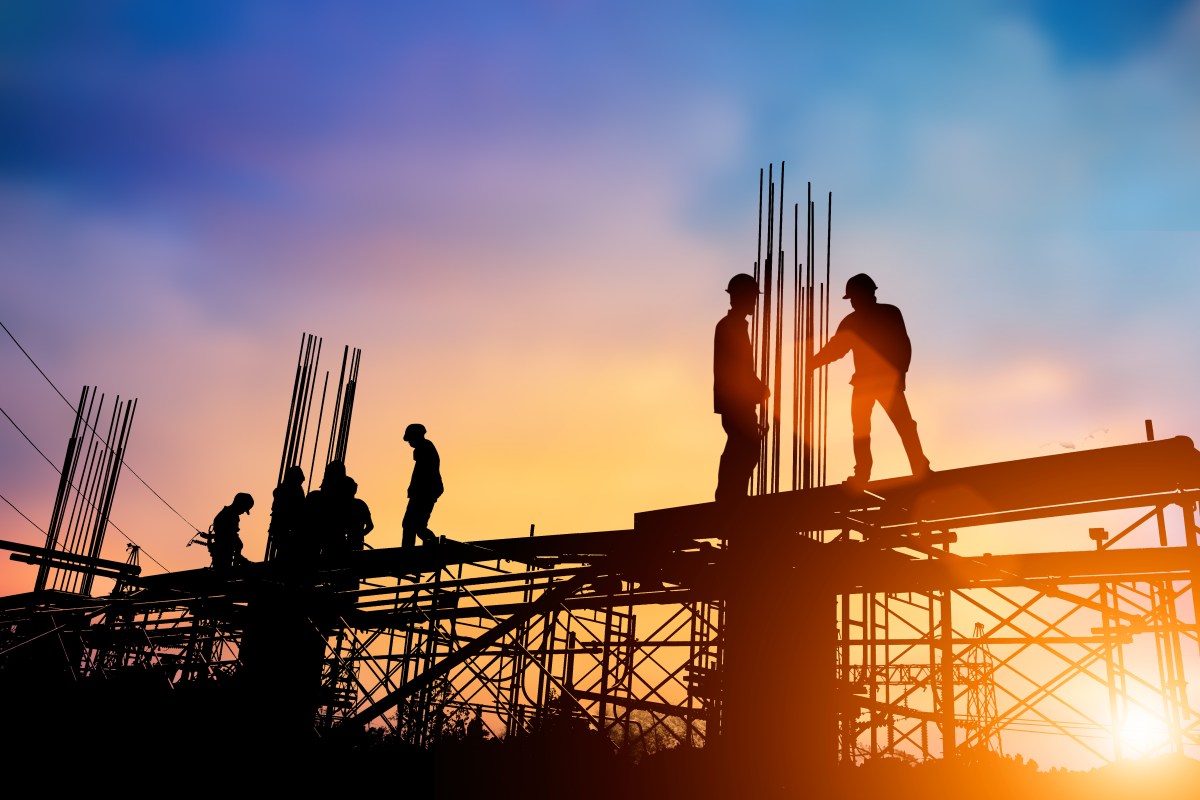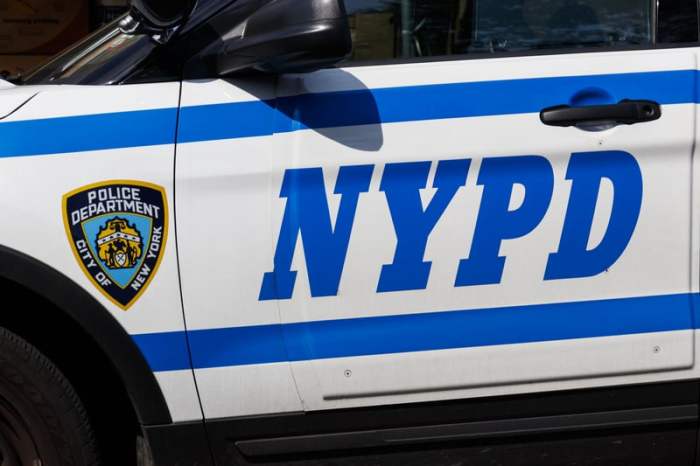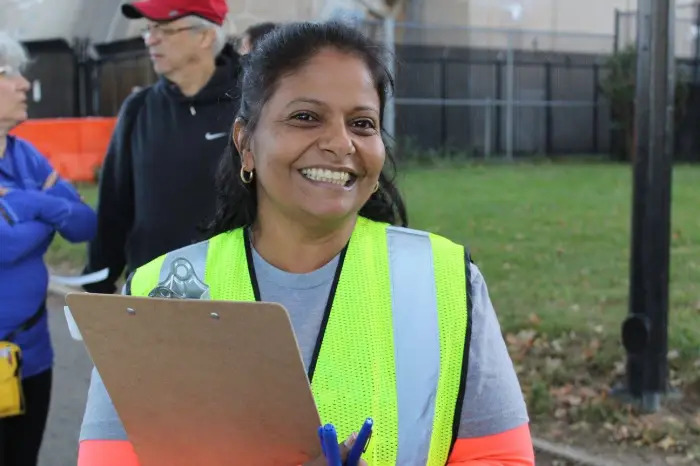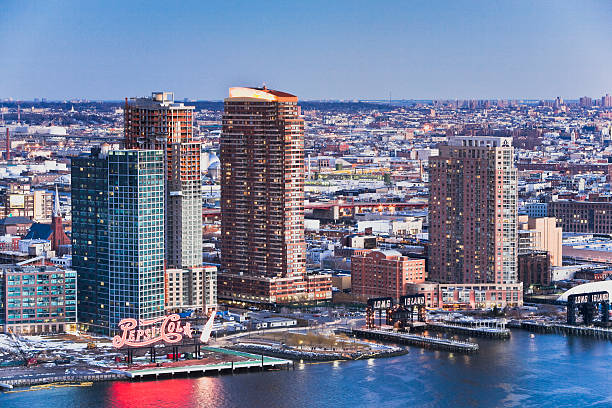A Wall Street Journal report analyzing housing data around the country found that while development in big cities has ramped up, residents in surrounding low-density neighborhoods have been resisting new construction.
BuildZoom, an online marketplace for contractors, culled data from the 50 largest metro areas and housing stock from 2000 through 2015 to determine the areas that were toughest to build in.
Cities like Austin, Denver and Pheonix were easier to build in than Los Angeles, Honolulu and New York. The toughest neighborhood to build in is Venice Beach, Calif. followed by Prospect Lefferts Garden in Brooklyn.
According to Issi Romem, chief economist for BuildZoom, certain areas are tough to build in for several reasons. Data shows that the areas where it is toughest for developers to build are usually inner suburbs. Local land use rules make it harder to construct housing outside of dense downtowns and in areas identified as transit hubs.
Since inner suburbs have usually been around longer than distant suburbs, the number of available lots to build on is usually scarce and can receive pushback from longtime residents.
Romem mapped out the 10 neighborhoods in New York City deemed toughest-to-build and found that Sunnyside and Astoria were third and fifth on the list, respectively.
Sunnyside actually lost 473 units between 2000 and 2015. A portion of the neighborhood was rezoned in 2011 “to protect the lower-density character” and in 2016, a developer looking to build a 200-unit affordable housing project backed out after fierce opposition from residents.
Surprisingly, Romem found that gentrifying neighborhoods and low-rise, wealthy enclaves are usually toughest to build in. Though housing appreciation rises in gentrifying neighborhoods and people are willing to spend more money to move to these places, the interest stems from the areas physical charm.
Newer buildings often do not reflect the neighborhoods’ character, which elicits the kind of local opposition seen in Sunnyside and other city neighborhoods.
Astoria, which was named one of the most gentrifying neighborhoods by the NYU Furhman Center last year, lost 731 units between 2000 through 2015. It’s a neighborhood made up of mostly low-rise homes but has seen more development in the last few years, although nothing compared to its neighbor Long Island City.
Though New York City residents are increasingly concerned about being priced out of their neighborhoods – Mayor Bill de Blasio has made affordable housing a main priority during his term – Romem argues that laws should be re-written to encourage developers to build not only in dense, downtown areas.
“If you want to stunt this housing affordability crisis, you need to rewrite the rules,” Mr. Romem told the Wall Street Journal. “If you don’t open the floodgates, things won’t improve.”


































